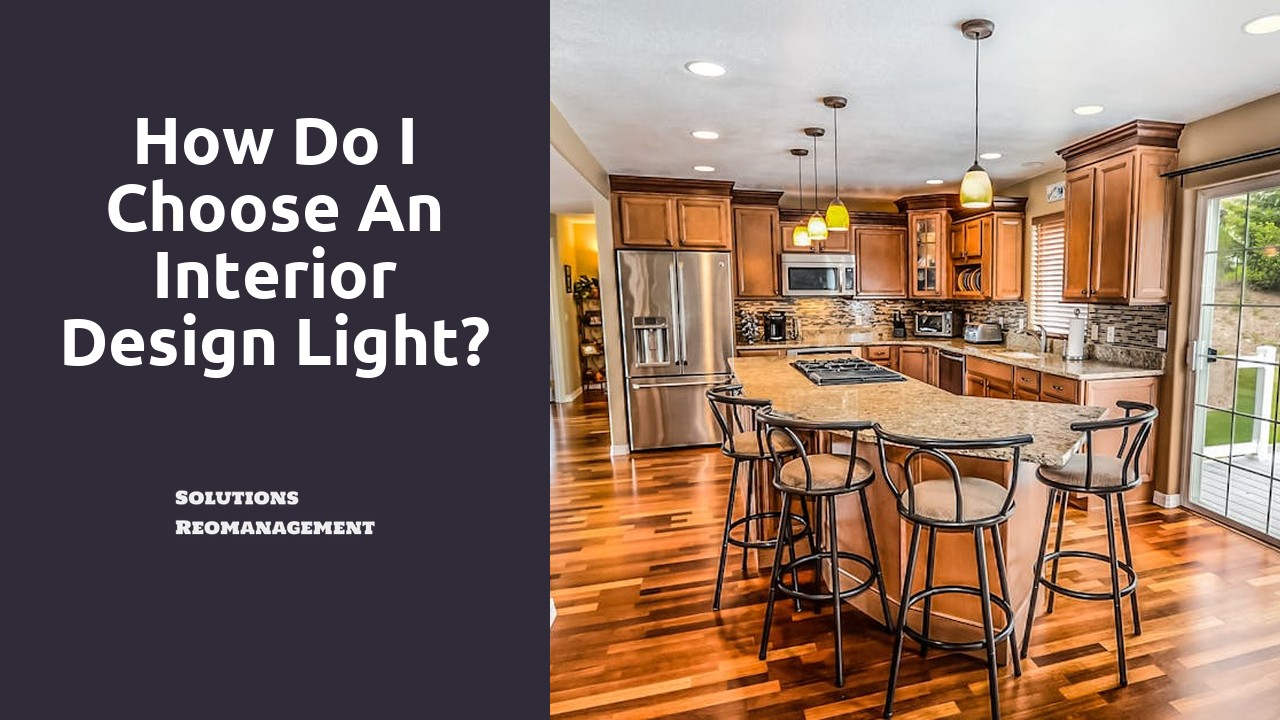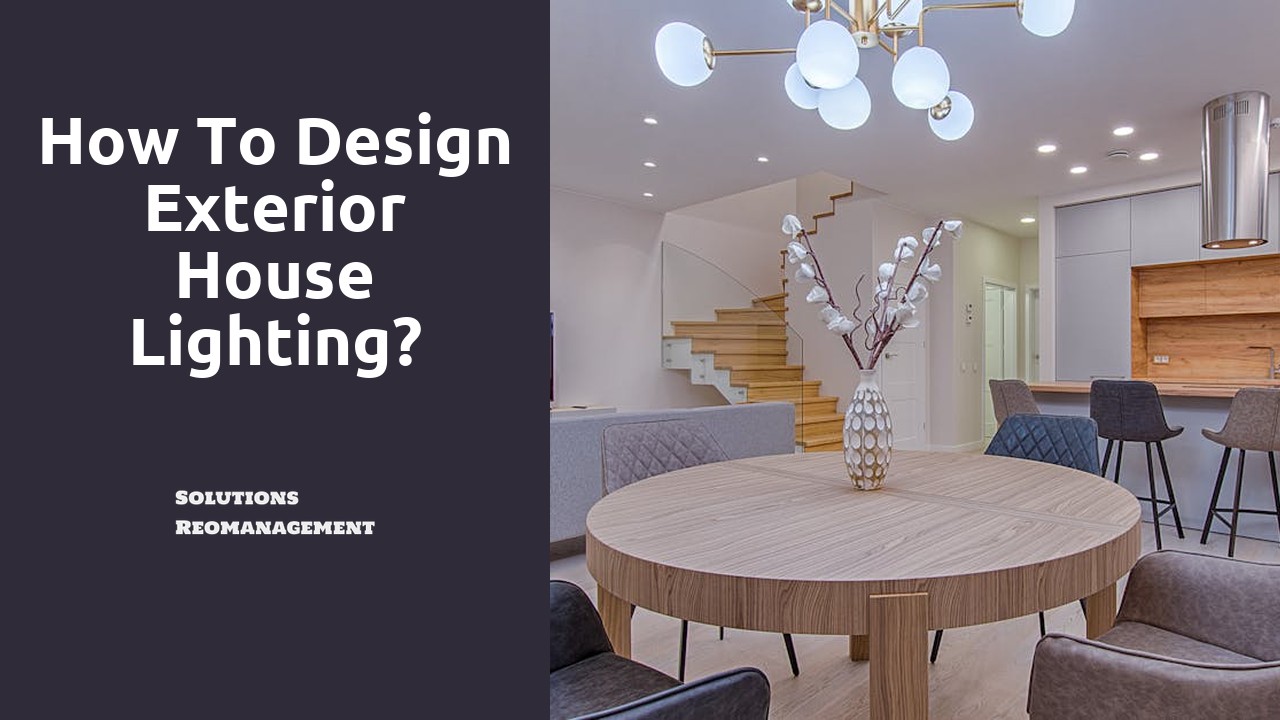
Table Of Contents
Dimming and Smart Lighting Options
Exploring dimmable and smart lighting solutions for flexibility and control is crucial when devising a lighting layout. In the context of Lighting Design in Caledon, incorporating dimming capabilities can enhance the ambiance of a space by allowing users to adjust the intensity of illumination to suit different activities or moods. Smart lighting options further elevate the experience by offering remote control features and programmable settings, enabling users to customize their lighting environment effortlessly.
Considering smart lighting and dimming capabilities also contributes to energy efficiency in Lighting Design in Caledon. By dimming lights when full brightness is not necessary, energy consumption can be reduced, leading to cost savings in the long run. Moreover, integrating smart lighting systems that can be automated based on occupancy or natural light levels ensures optimal energy usage while maintaining a comfortable and well-lit environment for occupants.
Exploring dimmable and smart lighting solutions for flexibility and control
When it comes to creating a versatile and adaptable lighting design in St. Thomas, exploring dimmable and smart lighting solutions is key. These options not only provide flexibility in adjusting the brightness levels to suit different moods and activities but also offer enhanced control over the lighting ambiance in various spaces. By incorporating dimmable lights and smart lighting systems into your design, you can easily transform the atmosphere of a room with just a touch or simple voice command, adding convenience and sophistication to your lighting layout.
Dimmable and smart lighting solutions are ideal for homes, offices, and commercial spaces in St. Thomas as they allow for customized lighting experiences tailored to specific needs and preferences. Whether you're looking to create a cozy and intimate setting for a relaxing evening or require well-lit spaces for focused work or activities, these options offer the versatility to modify the lighting intensity accordingly. With the advancements in technology, integrating dimmable and smart lighting into your design not only elevates the aesthetic appeal of the space but also enhances energy efficiency and overall functionality, making it a valuable addition to any Lighting Design in St. Thomas.
Considering Lighting Zones
Considering Lighting Zones is a crucial aspect of designing an effective lighting layout. Dividing the room into zones allows for customized lighting solutions to accommodate various needs and tasks within a space. By creating distinct zones, you can strategically place different fixtures to enhance functionality and ambiance in each area. When planning Lighting Design in Norfolk, consider the different activities that will take place in each zone and choose appropriate lighting sources accordingly.
Creating lighting zones also helps in controlling the overall illumination levels in a room. By separating the space into different areas, you can adjust the brightness and focus of each zone independently, providing flexibility and efficiency in lighting control. When implementing Lighting Design in Norfolk, think about how the natural light enters the room and how artificial lighting can complement or supplement it in different zones to create a harmonious and well-balanced environment.
Dividing the room into zones to accommodate various lighting needs
When planning the lighting design in Caledon, it is essential to divide the room into zones to cater to various lighting requirements. Each zone should serve a specific purpose, such as task lighting for reading or cooking, ambient lighting for overall illumination, and accent lighting to highlight focal points in the room. By dividing the space into zones, you can create a layered lighting approach that combines functionality and aesthetics.
Carefully consider the layout and function of each area in the room to determine the most suitable type of lighting for each zone. For example, in a living room, you may want to have a dedicated reading nook with a floor lamp for task lighting, while the main seating area could benefit from dimmable overhead lights for versatility. By strategically placing different light sources in each zone, you can enhance the ambiance and functionality of the space while ensuring a well-balanced lighting design in Caledon.
Electrical Considerations
When it comes to creating a lighting layout for a room, taking into account the electrical considerations is crucial for a successful design. In Belleville, this involves ensuring that the wiring and circuitry can accommodate the selected fixtures and lighting plan. An electrical assessment should be carried out to determine if any additional outlets or upgrades are necessary to support the desired lighting design in Belleville.
Proper installation and grounding of fixtures are essential components of the electrical considerations for a lighting design in Belleville. It is important to adhere to safety standards and regulations, ensuring that the lighting layout is not only aesthetically pleasing but also functional and safe. Additionally, consulting with a licensed electrician can provide valuable insights and expertise to ensure a well-executed lighting plan.
Ensuring proper wiring and circuitry for the lighting layout
Ensuring the electrical components are in sync with the intended lighting design in Aurora is vital for a seamless setup. Having the appropriate wiring and circuitry not only ensures the functionality of the lighting layout but also guarantees safety and efficiency. It is imperative to consult with a professional electrician to evaluate the electrical capacity required for the planned lighting fixtures. By doing so, potential issues such as overloaded circuits or inadequate power supply can be preemptively addressed.
Proper wiring and circuitry play a significant role in the overall performance and longevity of the lighting system. In the context of lighting design in Aurora, meticulous attention to detail during the installation process is crucial. From positioning switches strategically to installing dimmers accurately, every aspect of the electrical setup impacts the functionality of the lighting layout. By adhering to electrical standards and guidelines, one can optimize the performance of the lighting system while maintaining a safe and reliable electrical infrastructure.
FAQS
What are some benefits of using dimmable and smart lighting options in a lighting layout design?
Dimmable and smart lighting options offer flexibility and control over the ambiance and brightness levels in a room, allowing you to customize the lighting to suit different activities or moods.
How can dividing a room into lighting zones improve the lighting layout design?
Dividing a room into lighting zones allows you to cater to various lighting needs in different areas of the room, such as task lighting for work areas and ambient lighting for relaxation zones, enhancing both functionality and aesthetics.
Why is it important to consider electrical considerations when designing a lighting layout?
Ensuring proper wiring and circuitry for the lighting layout is crucial for safety, efficiency, and functionality. It helps prevent electrical issues and ensures that the lighting system operates smoothly and reliably.
What are some common mistakes to avoid when designing a lighting layout?
Some common mistakes to avoid include insufficient lighting sources, using the wrong color temperature for the space, neglecting natural light integration, and overlooking the importance of layering light for depth and dimension in the room.
How can I determine the appropriate lighting fixtures and placements for a specific room in a lighting layout design?
To determine the appropriate lighting fixtures and placements for a room, consider the room's size, function, layout, and desired ambiance. Experiment with different types of lighting fixtures, such as recessed lights, pendants, and sconces, to achieve the desired lighting effects.






